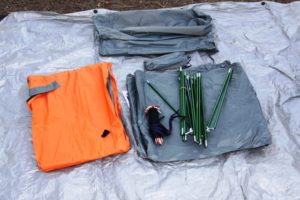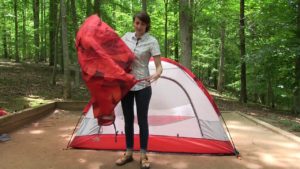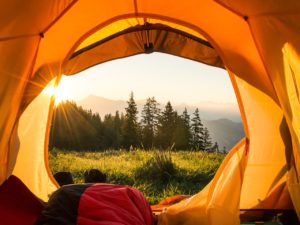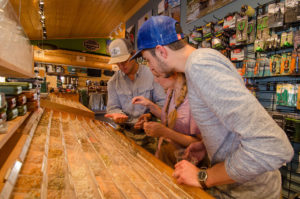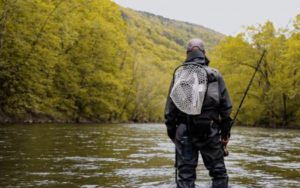A lot of the time travel guides will tell you the most popular places to see, eat, dance, play, drink, even a brief history lesson around the place, telling you why it’s worthwhile to visit.
But rarely do I see them telling you what to bring.
Especially if you’re new to the game of travel, packing can be a daunting task. Whether you’re moving into a hotel for a week, a dorm for a year, traveling with work for a month, or moving to a new home there are ways to make things easier on yourself. Here are some tips for efficient packing.
1) Boxing
If you’re boxing your things, I recommend first checking your local grocery store to see whether they just got any shipments in. They’ll most likely have collapsed cardboard boxes they’re willing to give you. Once you have your boxes, your first step is to gather materials. You’ll most likely need:
- Packing tape
- cling wrap
- paper
- bubble wrap
Note: DO NOT USE STYROFOAM PACKING PEANUTS! They do not provide the padded protection they promise. They’re only an extra hassle to clean, while being made from one of the most harmful materials to the environment made by man.
Instead, gather your clean linens, including towels, comforters and mattress pads. As you pack a box with fragile items use them to pad each individual dish and glass. The key to optimizing this protection is to keep each object from touching each other, as well as the walls or floor of the box. As you pack the box, periodically shake what you’ve packed, gently. Listen for any clinking sounds, and if you hear them, find which things touched and add extra padding between them. As long as you don’t hear any sounds of fragile material hitting fragile material, you will not unpack the box to find anything broken.
When taping a box, particularly if it’s heavy, don’t just tape the seams. The weakest points of the box’s floor are halfway between the edges and the center seam. Taping these parts of the bottom of the box, making it so there are three strips of tape at the bottom of each one, reinforces the box.
Delicate decor such as china and porcelain should be wrapped in bubble wrap. Paintings and posters should be wrapped in cling wrap. If you’re soliciting the help of professional movers and would prefer privacy over more valuable items, they can be wrapped in packing paper.
2) Packing a Car/Trailer
If you’re packing a car or a trailer put boxes with more fragile contents, oddly shaped objects, and heavier boxes towards the front. The front experiences less shifting while turning. Lighter boxes should be put towards the back.
3) Packing a Suitcase
To save space in your suitcase, fold your clothes in half the long way, then roll them into cylinders. Keep toiletries separate in a plastic bag. A shower caddy is often useful for not forgetting anything in your temporary space. If you’re traveling by plane, be sure your toiletries are either in a bag you plan to check, or are in travel-sized bottles. If you’re packing light in order to save money on checking for an overseas trip, you can find travel sized toiletry bottles marked TSA approved on Amazon.
4) Traveling with Pets
There is always a risk to traveling with pets, even if they are seasoned to being in a car. Bring all of their normal food, water and treats, as well as a leash, and bags and bags and towels for any leavings. You should have sealable bags to prevent smell, and if it’s a short trip, of course take them outside before you leave, for less chance of an issue later.
If you are traveling with a pet on a plane make sure you’ve called your airline beforehand to understand their regulations. There are TSA Approved travel kennels available at PetSmart. Be sure to have trained your pet to be comfortable in this crate long before travel, and consult your vet on whether they believe your pet might benefit from an anti-anxiety medication for the ride. If you would like more assurance of safety, organize your pet’s trip plan with an organization like PetRelocation.
5) Settling Into a Hotel
There is a luggage rack in every hotel room closet to store your suitcase. I don’t recommend putting your clothes in the dressers, both because you’re less likely to leave them behind after the trip and because I don’t always trust the dressers’ cleanliness. In the same vein, before sleeping, lift the linens off of one corner of the bed. If there is any blackness in the corner of the mattress, there are bedbugs, and you should ask to be moved rooms immediately.
I hope these tips help make your trip more enjoyable!

I’m someone who never wants my knowledge of how people make their way through the world to stagnate. So I’ll keep studying psychology, philosophy, writing, and music, as my outlets to understand them better, and hopefully travel to get my chance to meet them. Then maybe, we might get to change just a little bit of each other’s lives.




